One of the greatest guides to the concept of continuity in a specific series is The DisContinuity Guide: The Unofficial Doctor Who Companion by Paul Cornell, Martin Day and Keith Topping, first put out in 1995.
From my point of view the genius of this work is in the way the authors peel back the layers of a complex text like Doctor Who, and start back at the beginning, when we didn’t know anything about the series or what it would eventually evolve into.
This allows us to see the ways in which the universe was expanded, sometimes carefully, often times not. We get to see undeveloped themes and the earliest examples of new themes.
Like an evolutionary biologist studying our small, brown furred burrowing human ancestors, we get a look at the way things were without the baggage of the way things are.
Marvel Comics Golden Age DisContinuity 003
Human Torch : (Murder at the Racetrack)
Angel : (The Treasure of Alano)
Sub-Mariner : (Attack on New York City)
Masked Raider : (The Town of Wanted Men)
American Ace : (Origin of the American Ace)
Angel: (Death-Bird Squadron)
Ka-Zar : (The Battle With Bardak)
Publication Date / On Sale Date:
December 1939 / October 13, 1939
No Prizes:
The cover by Charles J Mazoujian features the Angel, and illustrates the text story within, not the comic strip. Curiously, Mazoujian neglects to include the Angel’s trademark moustach. On the other hand, the Angel in the text story bears little resemblance to the Angel in the comic, so perhaps e are talking about two different, yet very similar characters?
Continuity- Human Torch
Pilot: Why don’t you go burn a hole in th’ ground!?
Torch: Because I find it more convenient to burn a hole on your jaw- Rat!-
Pilot: Ouch! My jaw- It’s burned… I can’t feel it! –
After complementing the artist, Carl Burgos, for understanding the way asbestos works, he writes an ending that misuses the substance. Oh well.
This story takes place in Hong Kong.
The story ends with the police rescuing the girl from drowning, but a police officer named Foley dies while fighting Namor.
For the majority of the story the Masked Raider is undercover in this talky, overlong western adventure. Yawn.
Artist: Paul J. Lauretta
Poor American Ace. He gets two stories in Marvel Mystery Comics, in this issue and the next, and then he’s canceled. The artist, Paul J Louretta took the character over to Centaur Comics where, with a quick name change, Perry Wade becomes Lieutenant Lank, and he gets two more adventures.
Then, climbing from the landing gear to the wing, the Angel smashes “his fist through the metal skin” of the airplane.
The Angel then kills the crew of the bomber, and uses the guns on board to attack the other bombers. Crashing his commandeered bomber into the last plane, the Angel leaps to the street below.
How do we square the Angel in this story with the Angel in the comic? Perhaps the Angel found a way to temporarily augment his strength to Superman like proportions?
Also of note: The Angel becomes the first Marvel character to fight Nazis, the greatest villains of the twentieth century.
Links:
The inside front cover presents an advertisement for Silver Streak Comics #1. This marks a rare (perhaps unique?) event in Timely Comics where an ad for a competitor’s comic was run. Silver Streak Comics #1 features a complimentary ad for Marvel Mystery Comics #1 on its inside back cover. As we shall see, Silver Streak Comics would be an influence on Atlas/Marvel comics in the late 50’s and early 60’s.
Hong Kong
The Old West
Attainia
Castile D’Or
Grybów, Poland
Bottom Line:
The Sub-Mariner story is the stand out in this issue, it’s chaos and terror and anarchy incarnate. The Sub-Mariner wants to destroy the world of white men, but he also lacks basic knowledge about the world. He kidnaps the poor woman without realizing that she will drown in Namor’s world. Things happen for almost no reason, like the woman suddenly catching on fire when Namor enters the room. The art is amazing, Everett outdoes himself with this issue, using that wonderful wash technique that will eventually go away as the deadlines begin to crunch.
The Human Torch has the second best story. We can see that Burgos is very interested in getting the Torch under control. Rather than an anarchic force of random destruction, the Torch is trying hard to fit into our world. He has zero tolerance for gangsters and bullies, even as he behaves a bit like one himself. The Torch’s powers are also coming into better focus with this issue.
The Masked Raider is a bore. As a generic clone of the Lone Ranger, he is somehow even less interesting.
The Angel continues to be recklessly violent, but one also wonders why a man who fights “crime” in the way he does even bothers to wear his spectacular and very cool superhero suit, since he shows no obvious signs of having any powers and does nothing to disguise his face. In the text story adventure, the Angel is altogether a different kind of character, with powers and abilities far beyond those of his comic version. Perhaps there will eventually be an explanation for the disparity.
The American Ace story doesn’t go very far, appearing only in this and one other story, but I suspect it is because the story is politically complex and filled with pre-war angst. I will get back to American Ace in a more complete way in an appendix to issue three of Marvel Mystery Comics #3, coming down the road some time.
I would love to hear additional comments and insights.







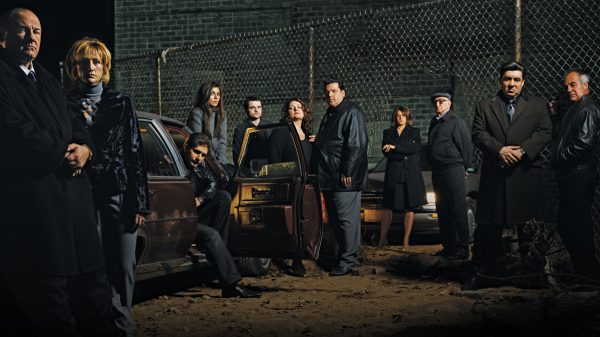
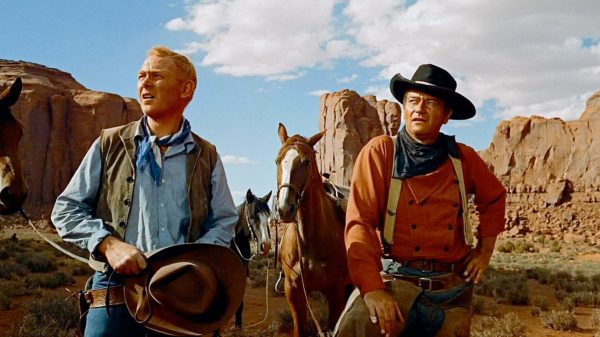


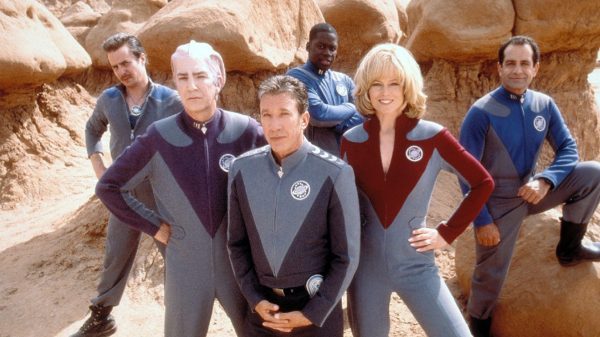

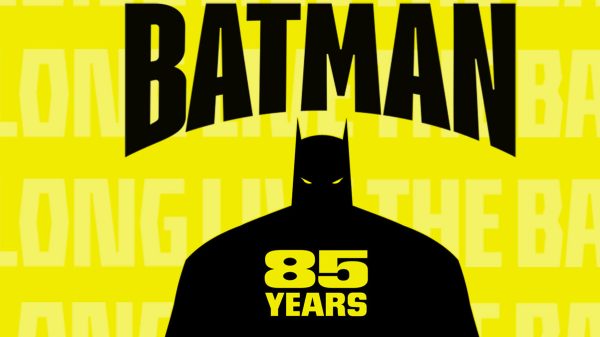

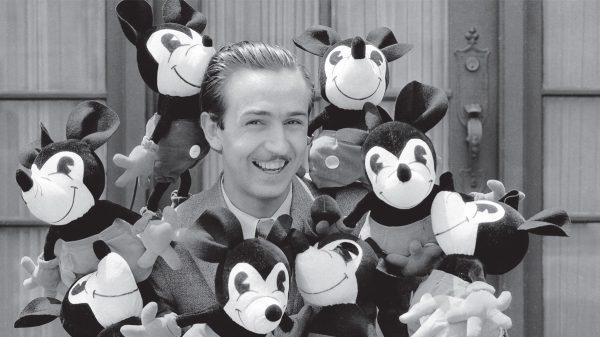


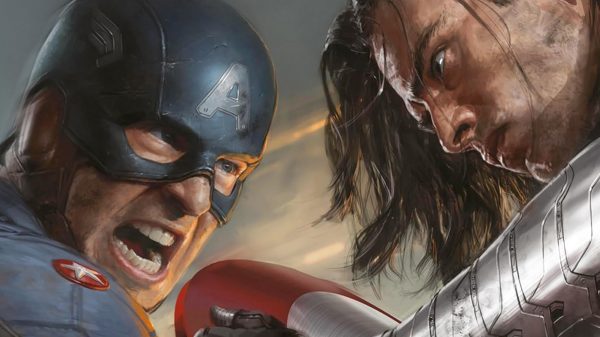



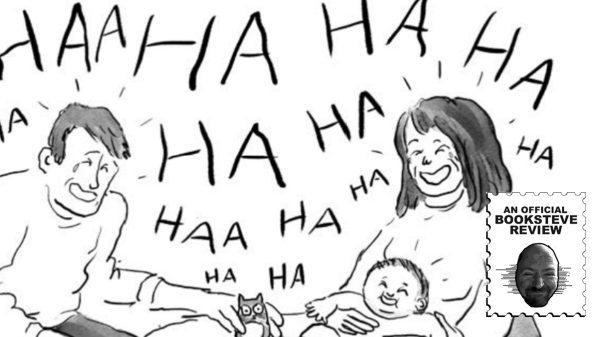
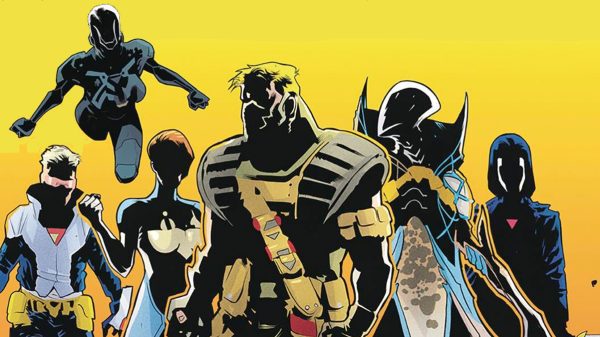
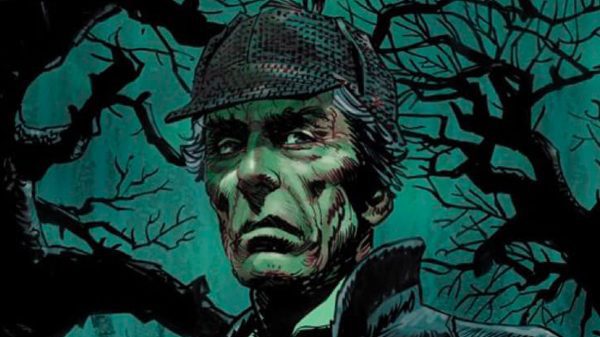

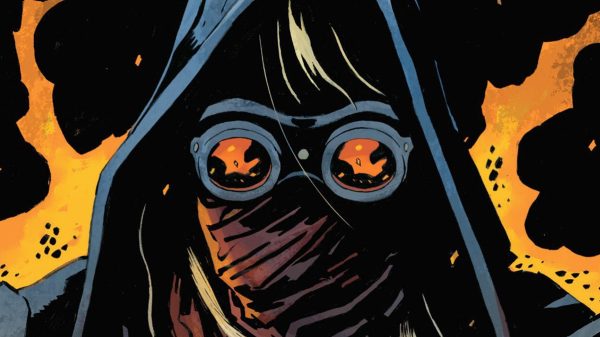





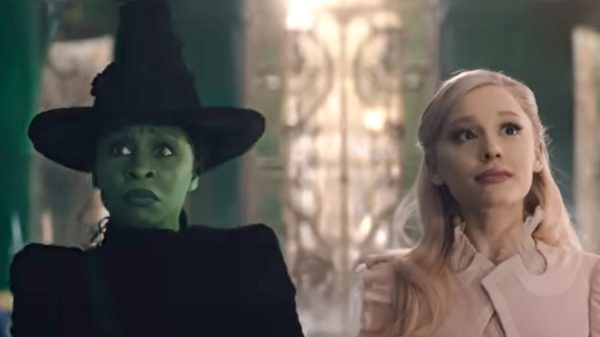

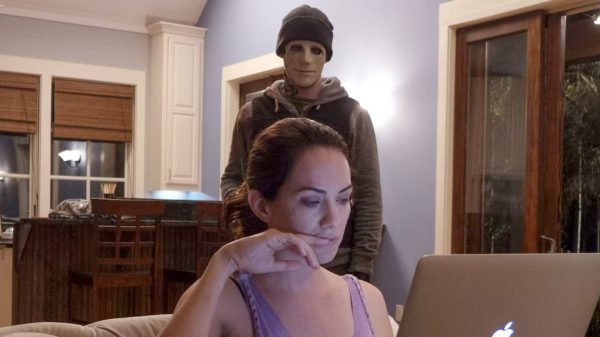













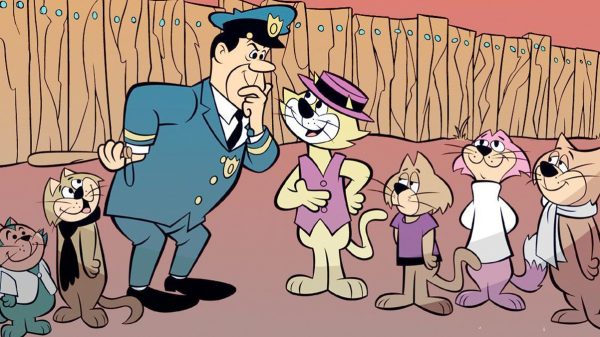

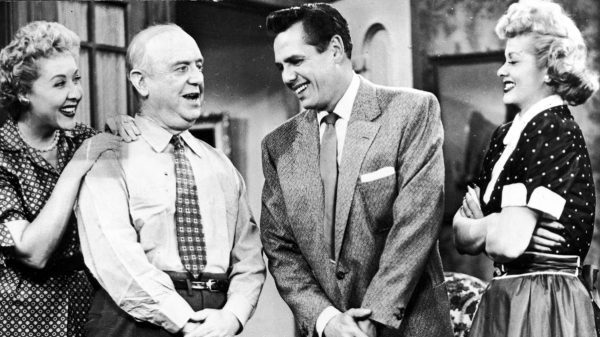

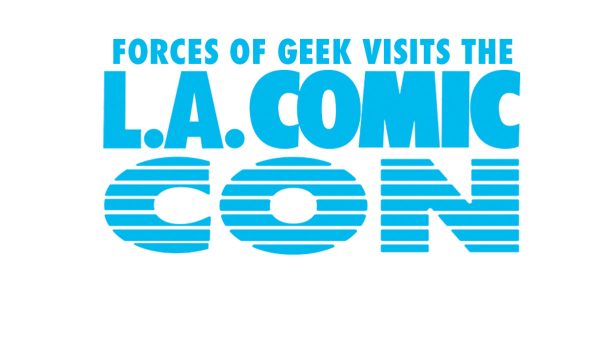

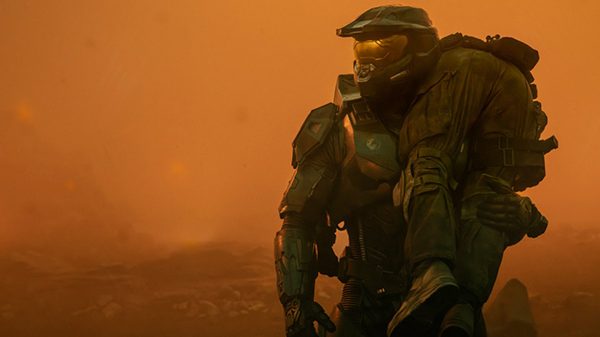
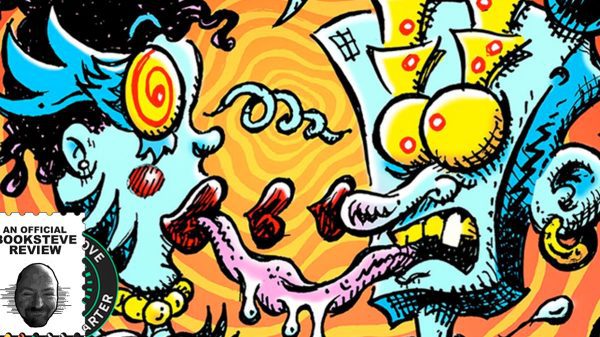





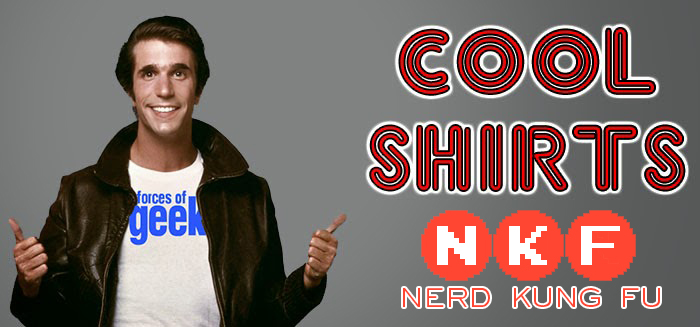




























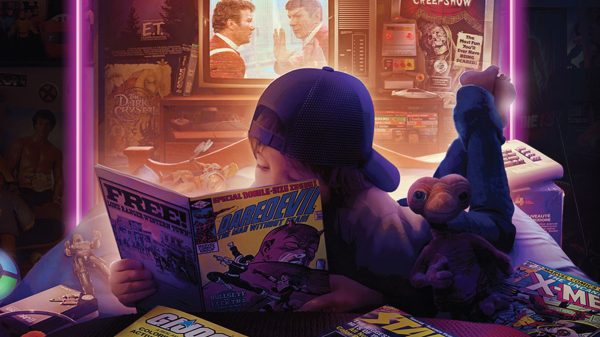
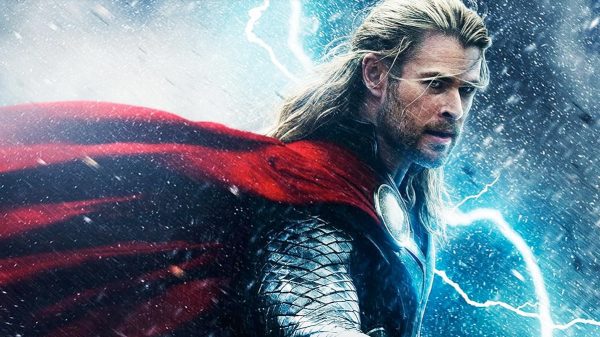

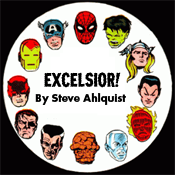
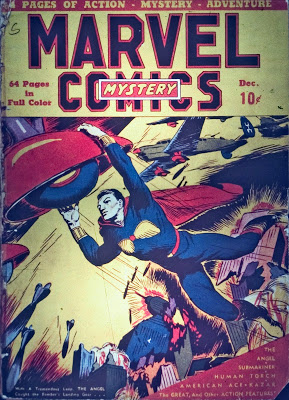
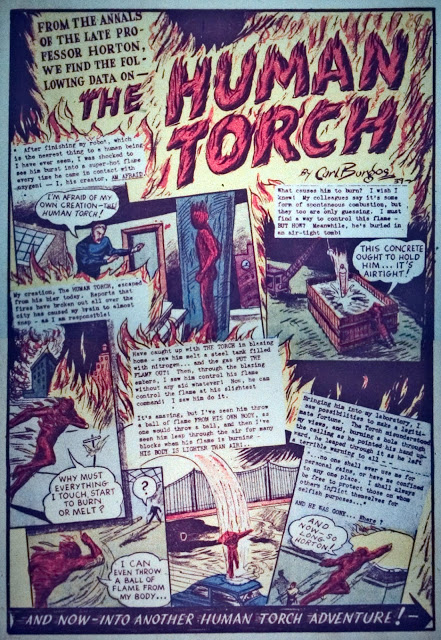
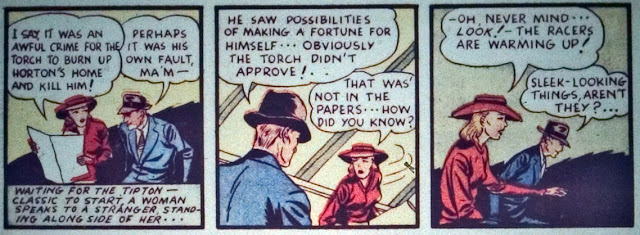
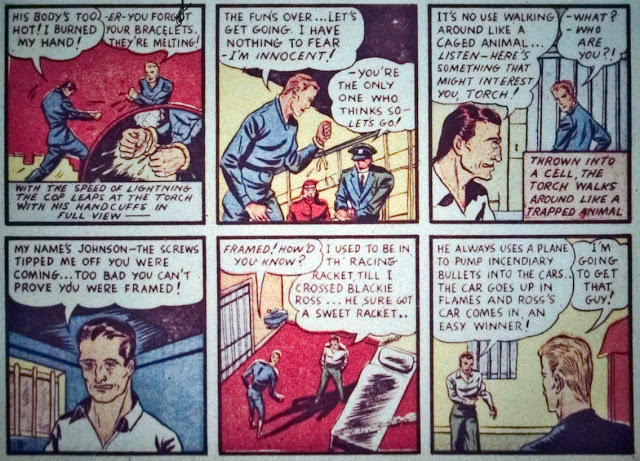
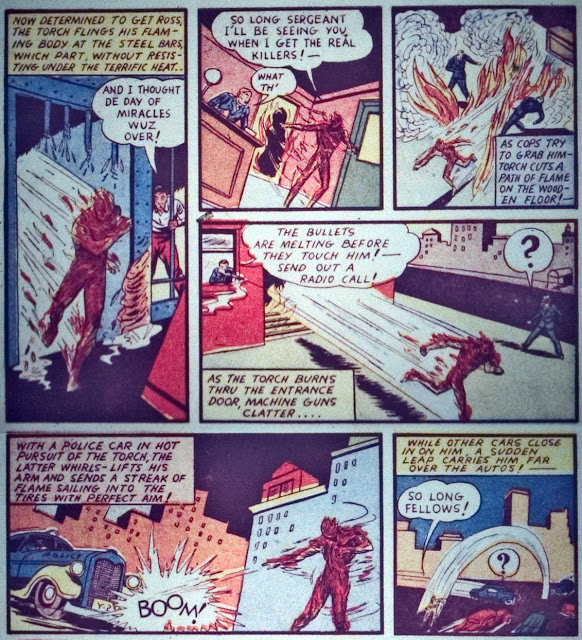
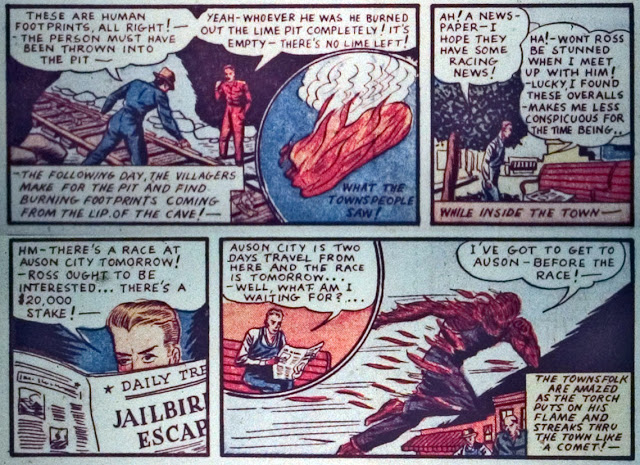
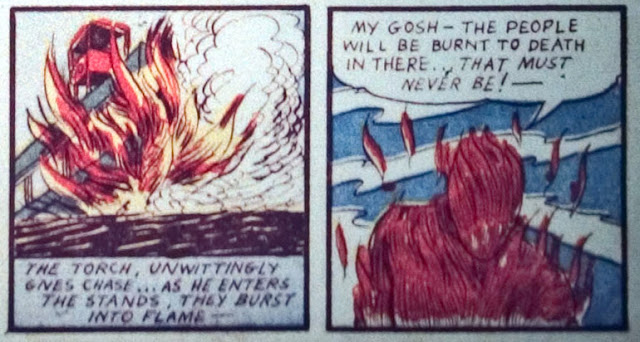
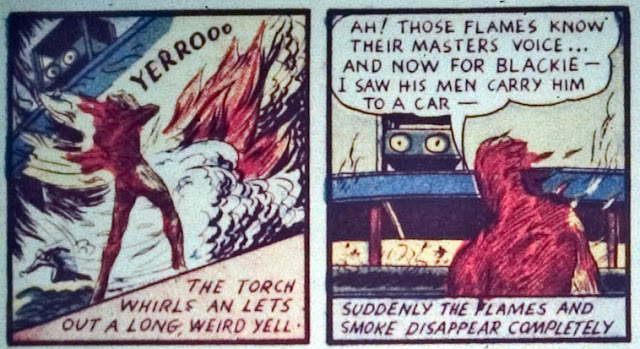
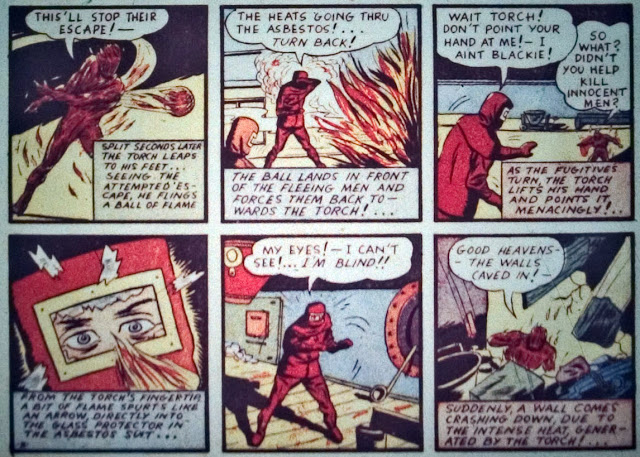
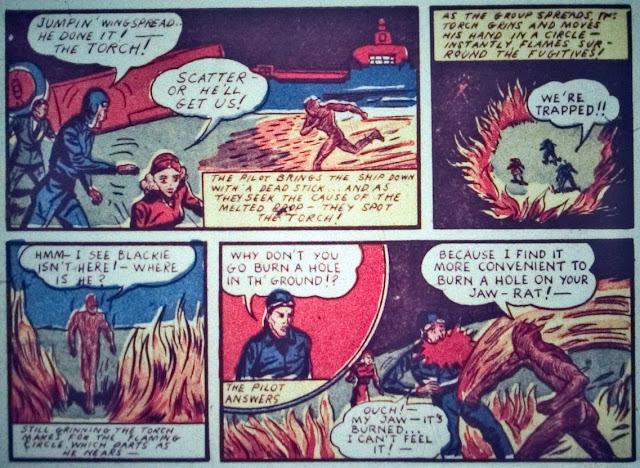
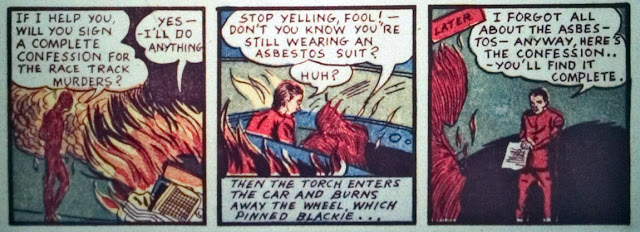
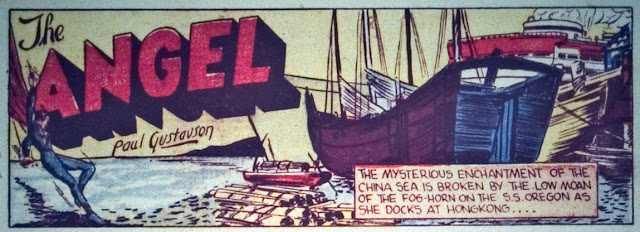
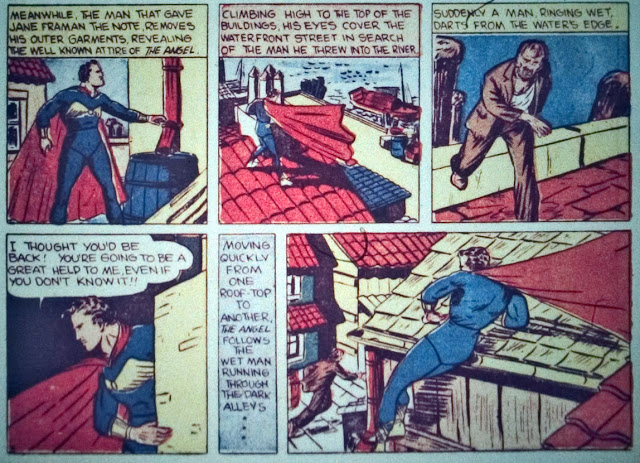
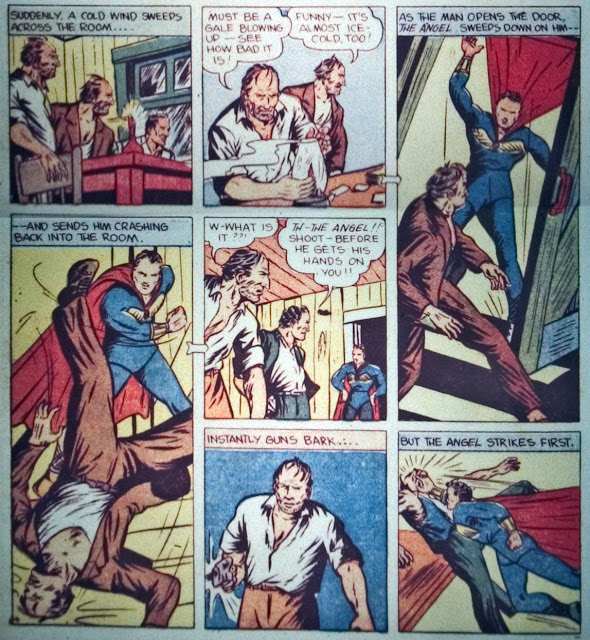
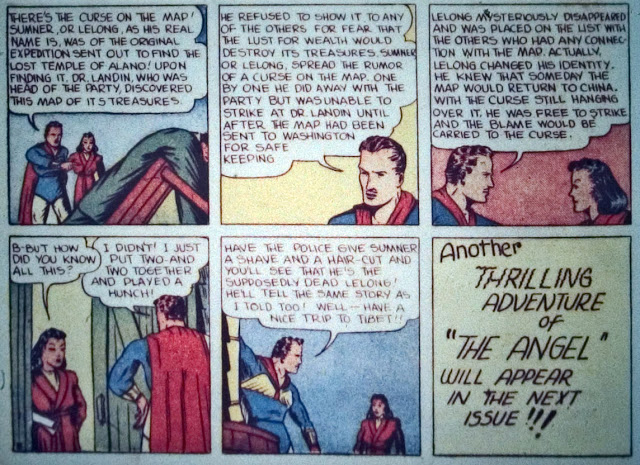
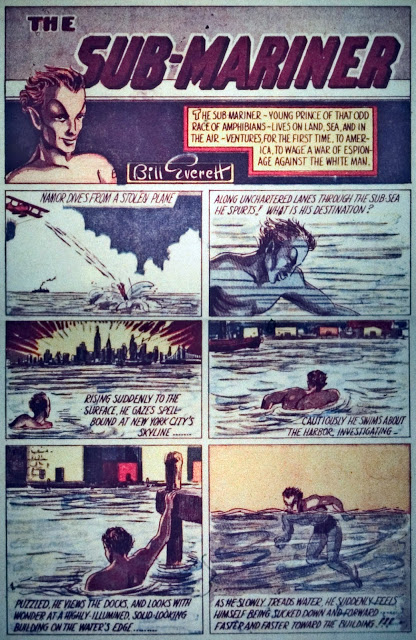
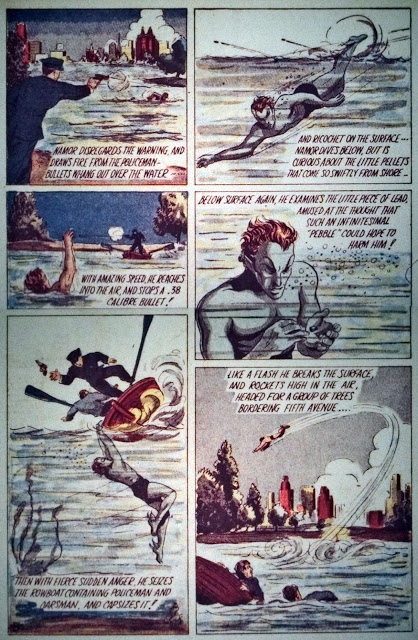
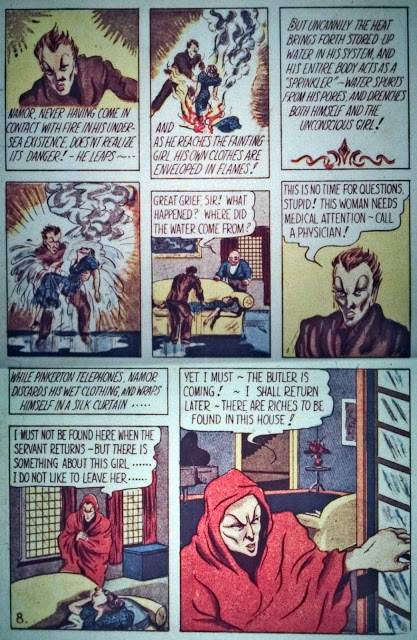
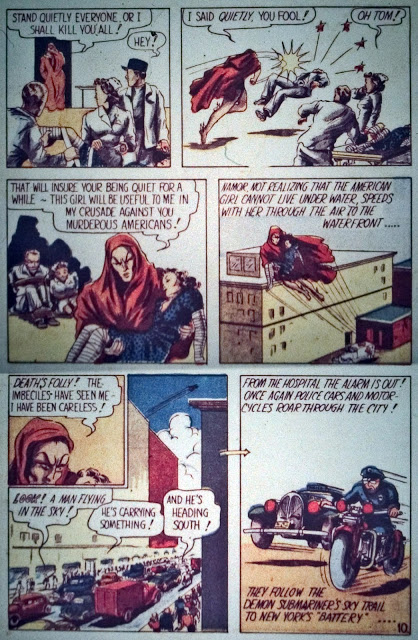
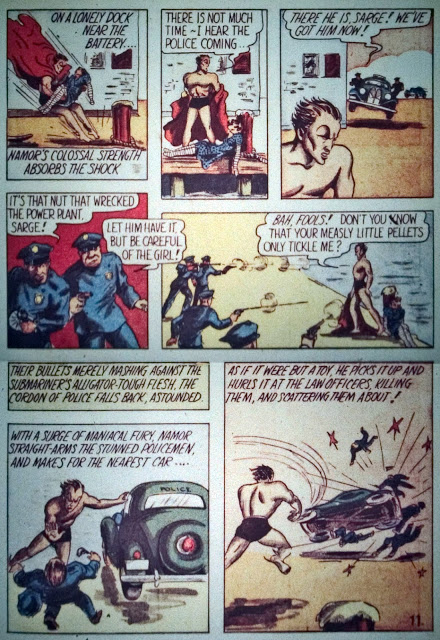
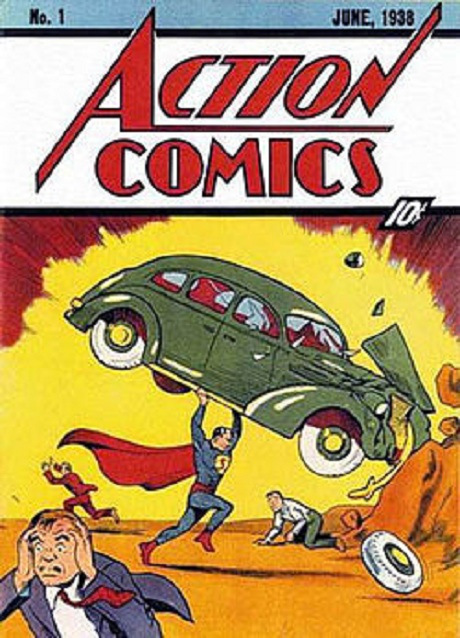

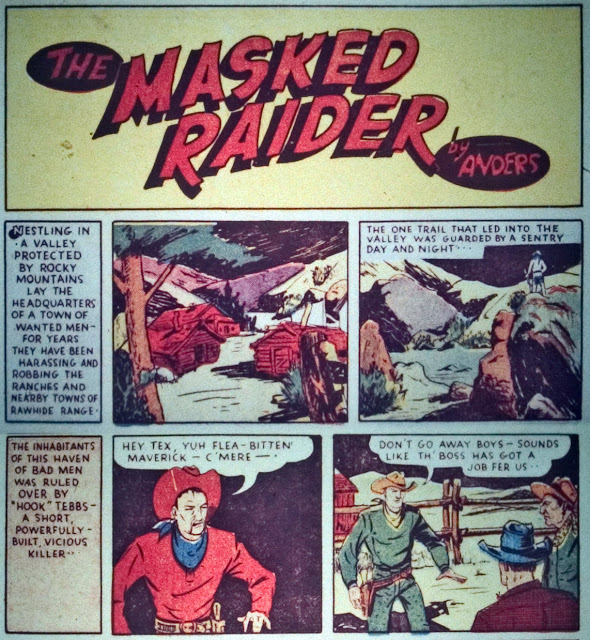
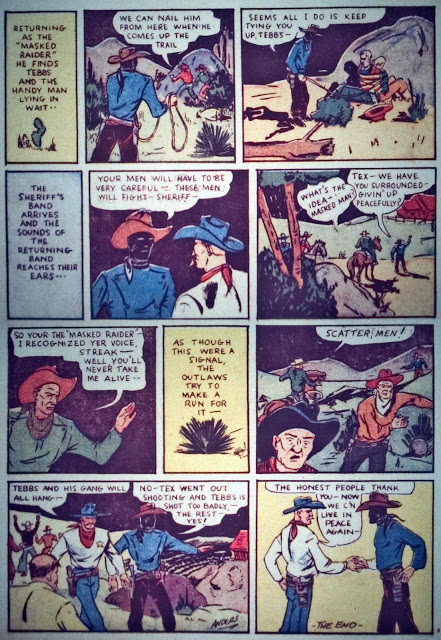
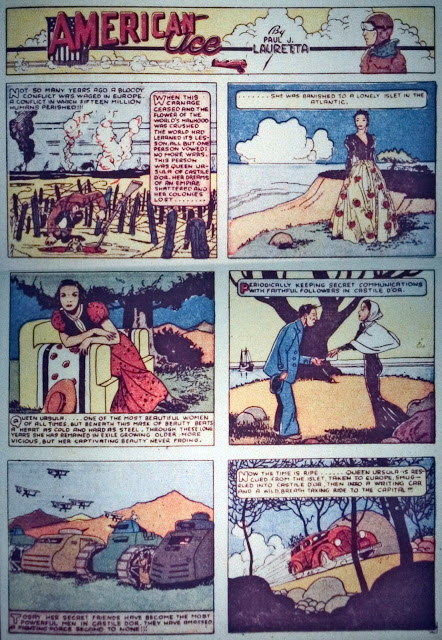

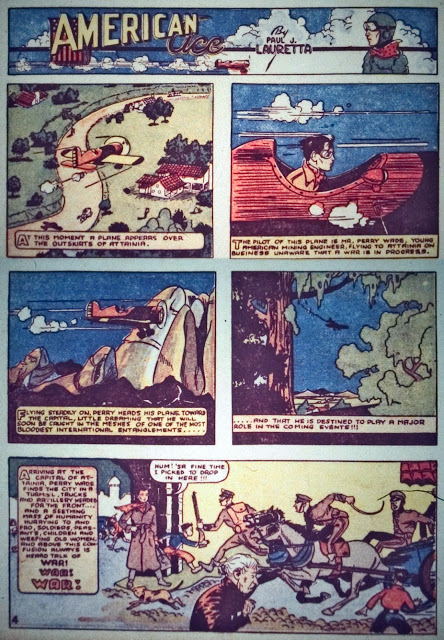
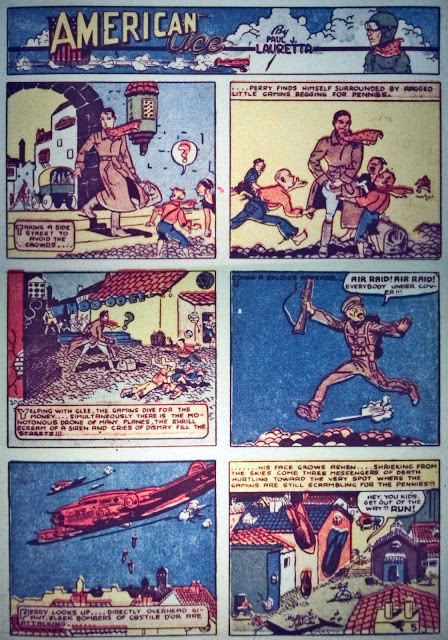
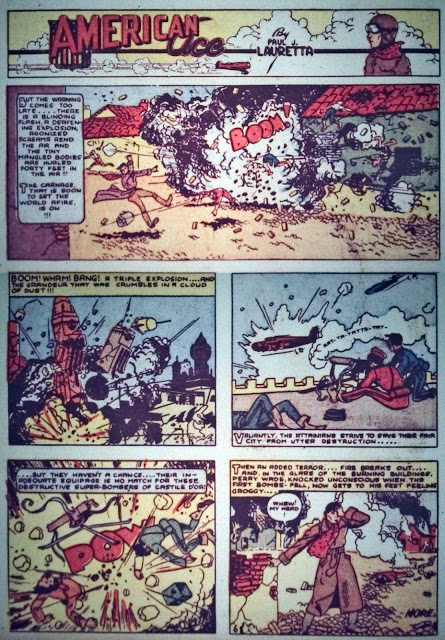
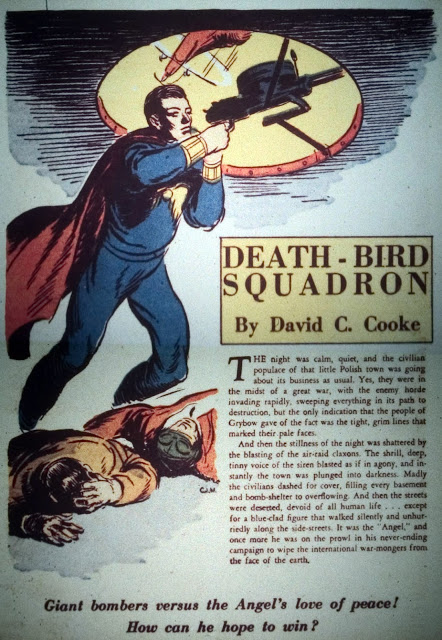
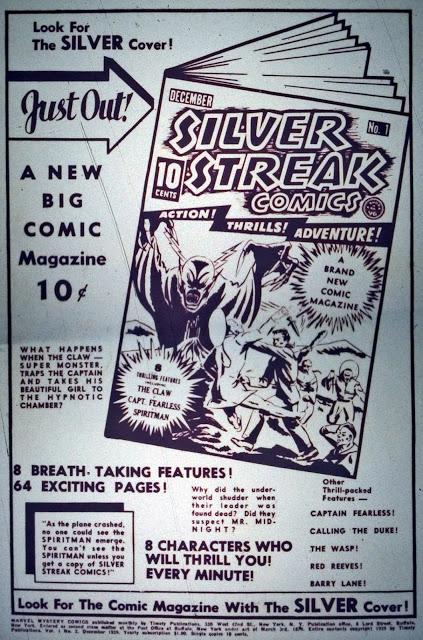
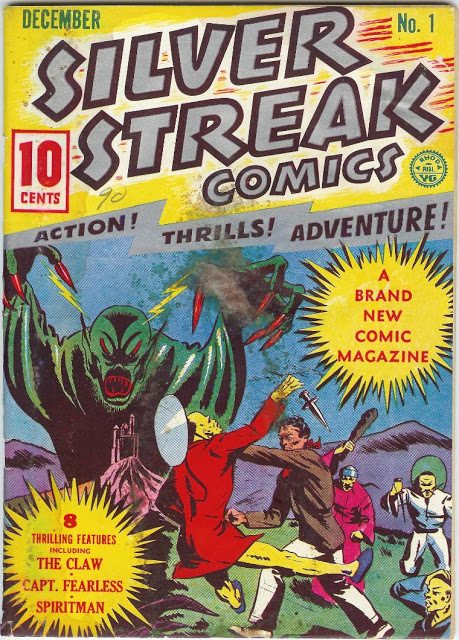








You must be logged in to post a comment Login